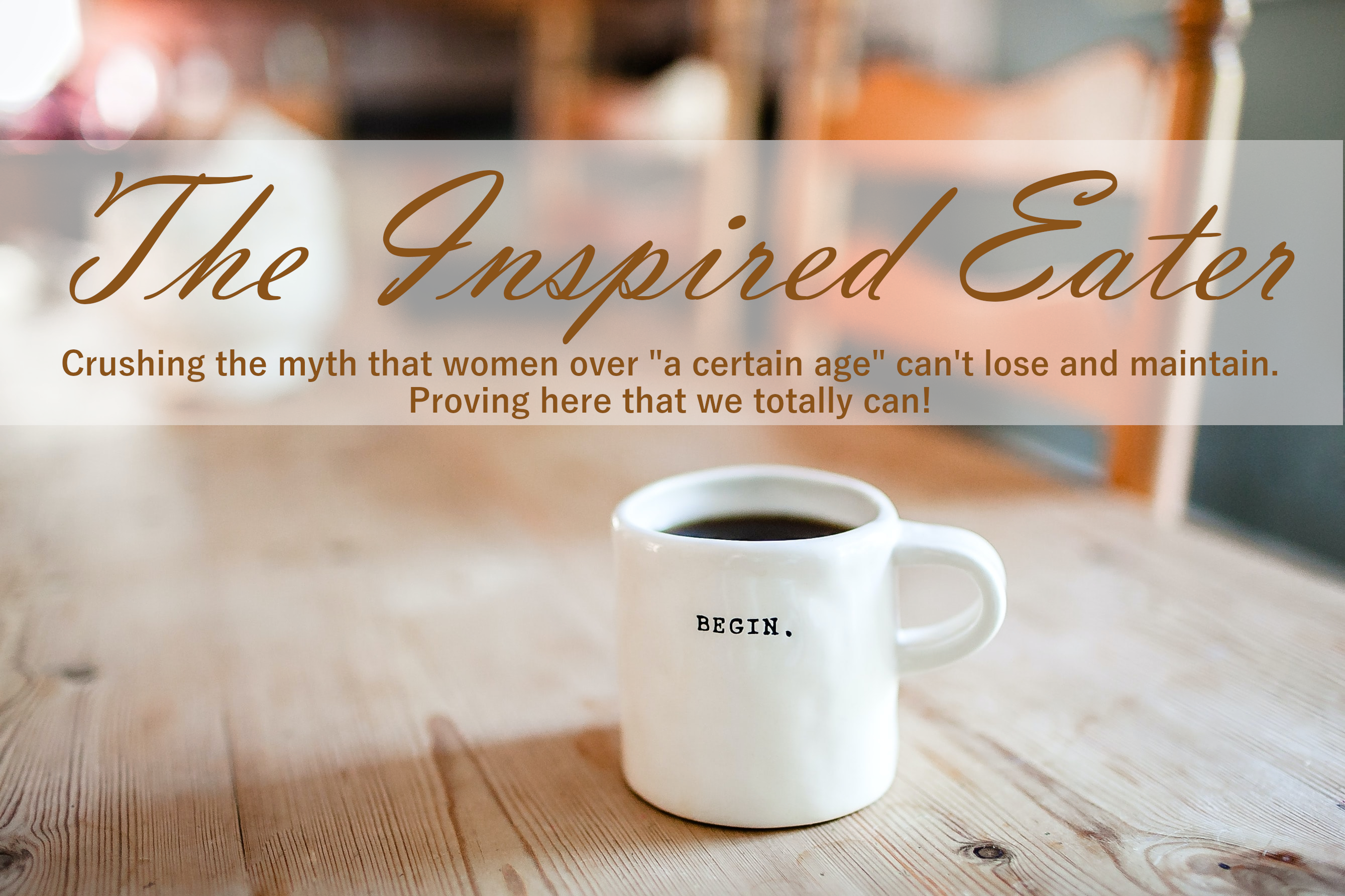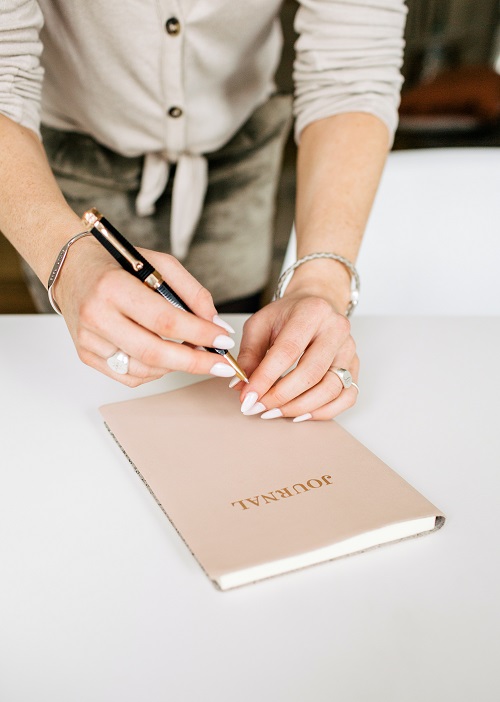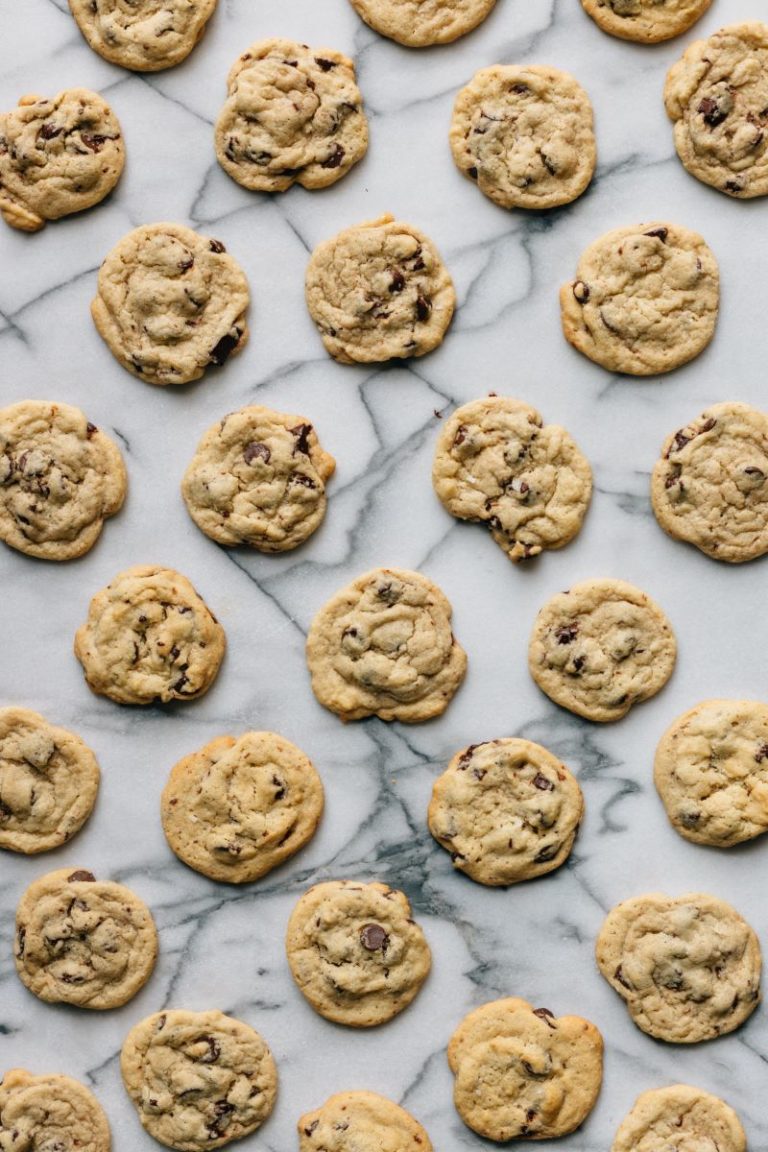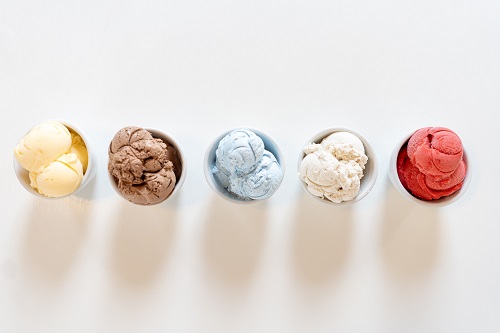I hadn’t seen Jen in months, but the stars aligned and our families had a get-together. When Jen’s crew arrived I hugged her saying, “Mmm, you smell like hotel-shower-gel.”
She pulled back asking, “Are you telling me that I smell like cheap hotel soap?!”
Startled, I moved on to hug her daughter.
But I caught my son saying, “Mama travel-writes so we stay in nice hotels. She’s saying you smell really good.”
He was right, of course, and I appreciated his accessing the situation and speaking up. Because in a bazillion years I would never tell a friend that she smelled bad.
Later, giving the exchange more thought I realized that Jen had assumed I was being insulting because that’s how she talks to herself. (I’ve known her forever, but hadn’t known that her self-abusive voice was still alive and well.)
Self-Talk 101.
Self-talk. If we only interacted with ourselves like once a year, self-talk wouldn’t be a thing. But since we room with ourselves 365/24/7, self-talk plays a monumental role in all areas of our lives, but especially when we’re losing after 50.
Self-talk is an umbrella term for the many ways we engage with ourselves.
Take a look.
Your own built-in motivational coach.
Who wouldn’t want her very own internal coach?
Well, amazing news: you have one. But you first need to gain her trust, slowly coax her to the forefront of your mind and give her a voice.
Start by not dismissing her outright:
- If she says you’re brilliant? For once, go with it.
- If she tells you have all the right skills and that it’s time to dream bigger? Don’t tell her that she’s full of sugar. Believe her.
- When she tells you that you’re pretty cute? Smile and say thank you.
Then journal-write about the two of you:
- Why does smart eating matter so much to you? Peel back that onion and go deeper and deeper as you write about why being at a lower weight has significance for you.
- What are the five accomplishments in your life that you’re most proud of? List them and then whittle each down to one word so that you can count them on one hand. Give this job to your motivational coach: she’ll help you make a habit of counting your Top Fives twice every single day.
- What do you want to give September-you re: smart eating this summer? What would you like September-you to have as she heads into the fall?
- How can your motivational coach support you throughout the summer and pump you up for the – inevitable — difficult moments? I could most use her help with . . .
Your own built-in soothing coach.
Thing is, most of know our internal mean girl pretty well. We know we have one, that’s for sure. We know she’s a jerk. But it’s also important to know what motivates her.
Journal-write to these prompts:
- Think about your internal mean girl. What does she parrot on a constant basis re: smart eating and weight loss?
- When did her voice first appear?
- Who does her mean voice remind you of?
- Now thinking about a self-soothing voice: How do you soothe yourself when the project you’re working on – in this case, smart eating — goes sideways? Do you have a gentle, but firm voice inside that calms and relaxes you?
- If you let your self-soothing voice have a life of her own, what would you love for her to tell you on the regular?
- Who has been a soothing presence in your life?
- Who have you long admired for their ability to relax amid tough times?
- How can you bring more of their example into your life?
Your own built-in reframing coach.
Reframing helped me big time this week. My dog turned 10 and my initial thought was, just great. We’re into the “scary senior years.” Health issues, vet bills etc.
After journaling about River’s age, it occurred to me that I was allowing “the scary senior years” thought-loop to occupy real estate in my mind. Worse, the loop didn’t help me or River at all.
So I changed my thought-loop to, I have the opportunity to make River’s senior years as spectacular as I can. Today this positive thought loops through my mind helping both River and me.
Journal prompts to activate your own reframing coach:
- What are your three least helpful thought-loops you seemingly embrace about smart eating?
- How can you turn each negative loop into a more helpful loop?
- Write about a time(s) when you reframed a situation to your benefit.
- What are ways you can invite reframing into your life?
Bottom line, I’m a firm believer in the slower, the better (Seth Godin calls it “taking the long cut”). When we take the long-cut we’re giving ourselves the necessary time needed to fully internalize a new internal coach.
So instead of working on all three internal voices at once, pick which coaching-voice feels like the best one to start with. I’m beginning with my motivational coach and turning up her volume.
I’d love it if you’d leave a comment in the section below. And if you liked this post I would love it if you’d share this link with a friend or family member: The Inspired Eater.com.
A billion thank yous!!
And remember, it’s not your imagination. Health is hard.
Have a pumped up, exciting week everyone!
♥, Wendy
p.s. I would love it if you’d share this link (the Inspired Eater home page) with someone in your life who is searching for a better way to eat smart and lose. A million thank yous!
P.S. Have you read Buh-Bye Aunt Bea Bod: 13 Tools to Lose Weight & Maintain a Forever Loss?
I packed Aunt Bea with every essential method I used to lose fifty-five and still use today.
Remember getting your driver’s license? How learning to drive wasn’t a “one and done” thing? Same with Aunt Bea. The Aunt Bea post is your ride to embedding Smart Eating habits into your life, habits that will have your back forever.
Click Begin Here. ♥♥♥ Print Aunt Bea, and tape her inside a kitchen cupboard, on your car’s dash, under your pillow, and so forth.
Apply to life as needed. 🙃
Some links may be affiliate links and as an Amazon Associate, I may earn from qualifying purchases. I will be totally upfront with you re: sponsorships or items given to me and disclose everything in the post.










